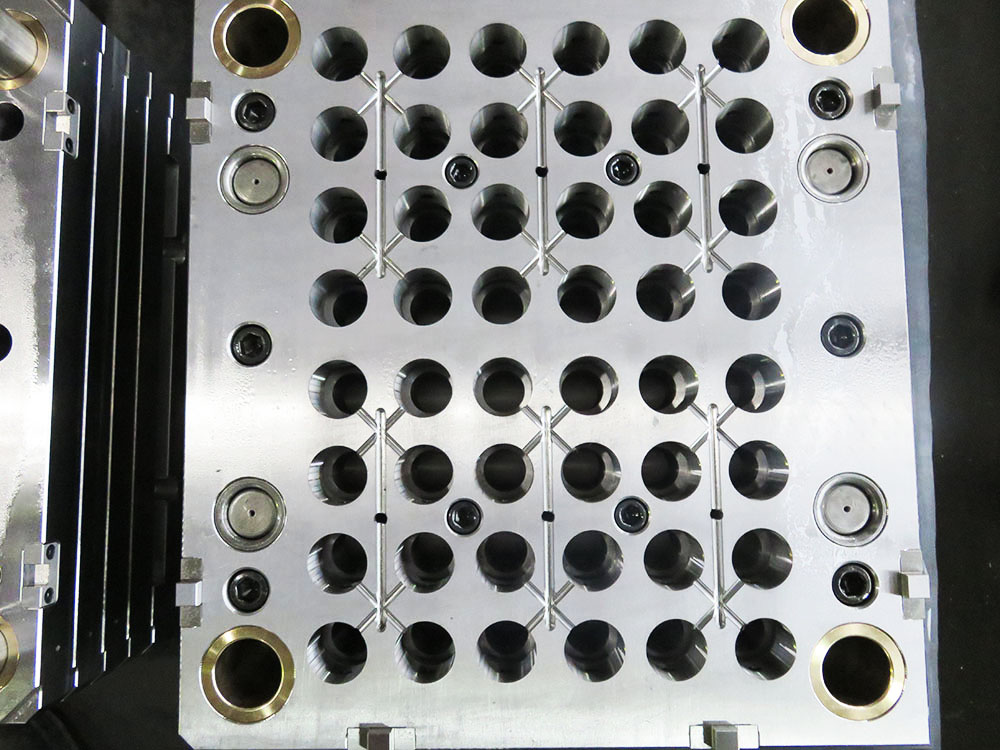Architecture of the Main Framework Used in the Mold Base Industry
In the mold base industry, the main framework used plays a crucial role in the design and manufacturing of molds. The architecture of this framework significantly impacts the efficiency, accuracy, and durability of the final product. In this article, we will delve into the key aspects of the architecture of the main framework used in the mold base industry.
Modularity and Customization
One of the fundamental characteristics of the main framework used in the mold base industry is modularity. The framework is designed to accommodate different components and allow for easy customization. This modularity enables mold makers to assemble the mold base according to the specific requirements of the project. Components such as inserts, ejector pins, and locating rings can be easily added or replaced, making the framework adaptive to different product designs.
Material Selection
The choice of materials for the main framework used in the mold base industry is of utmost importance. The framework requires materials with high strength, excellent wear resistance, and good thermal conductivity. Typically, tool steels or other high-strength alloys are chosen to ensure the rigidity and durability of the framework. These materials undergo heat treatment processes to enhance their hardness and toughness, making them capable of withstanding the high pressures and temperatures involved in the molding process.
Structural Integrity
The architecture of the main framework focuses on ensuring structural integrity. The framework needs to withstand the forces exerted during the injection molding process without any deformation. Therefore, it is designed with a combination of thick and ribbed sections to enhance the overall stiffness and strength. Additionally, proper attention is given to the placement of support pillars and pins to distribute the load evenly and prevent any potential failures. The structural integrity of the framework directly affects the dimensional accuracy and surface finish of the final molded product.
Integration of Cooling System
Efficient cooling is vital in the mold base industry to accelerate the solidification of the molten plastic. The architecture of the main framework allows for the integration of a cooling system. Channels for circulating coolant, such as water, are incorporated within the framework to ensure optimal cooling. These cooling channels are strategically positioned near the areas with higher heat generation, such as the core and cavity, to maximize heat transfer and minimize cycle times. The integration of the cooling system contributes to improved productivity and better control over the quality of the molded parts.
Tooling Compatibility
The main framework used in the mold base industry is designed to be compatible with various tooling systems. It allows for easy integration with different types of injection molding machines and other equipment. This compatibility ensures seamless communication and interaction between the framework and the tooling, facilitating efficient operation and maintenance. The framework incorporates standardized interfaces and mounting patterns to accommodate different tool configurations, making it a versatile platform for mold makers.
Conclusion
In summary, the architecture of the main framework used in the mold base industry plays a pivotal role in determining the overall performance and reliability of the mold. Its modularity, material selection, structural integrity, integration of cooling systems, and tooling compatibility are key aspects that contribute to the success of mold making. By focusing on these architectural features, mold makers can enhance the efficiency and precision of mold production, ultimately leading to superior quality molded products.




